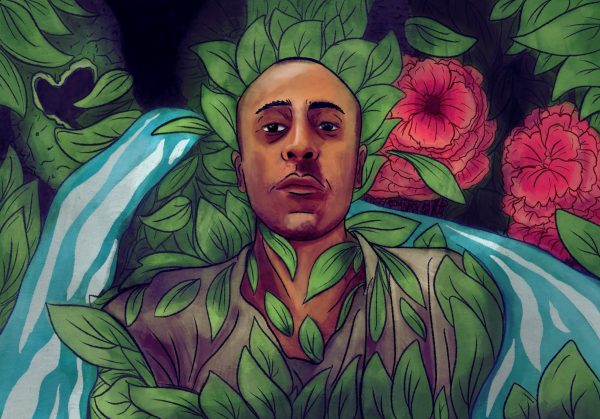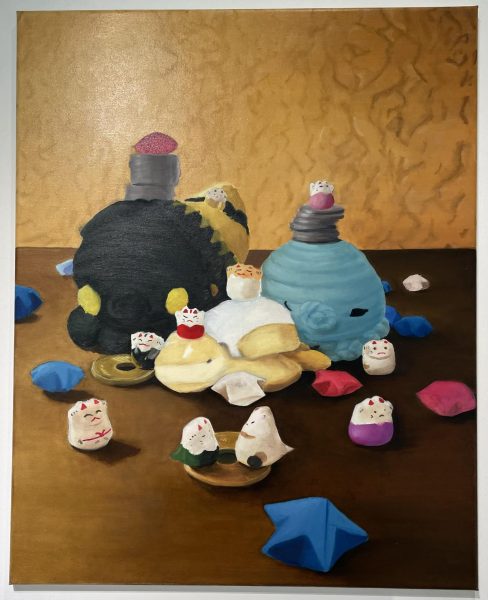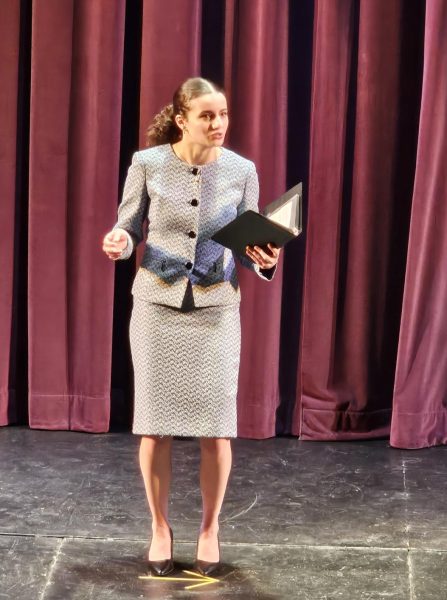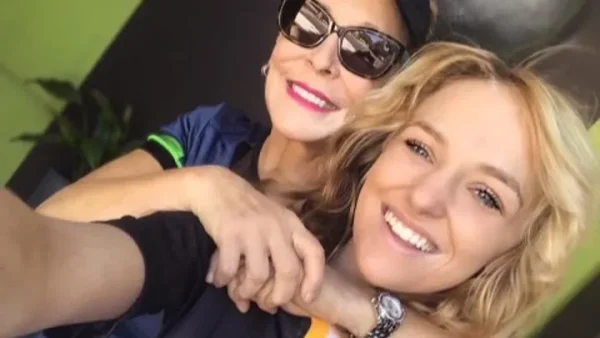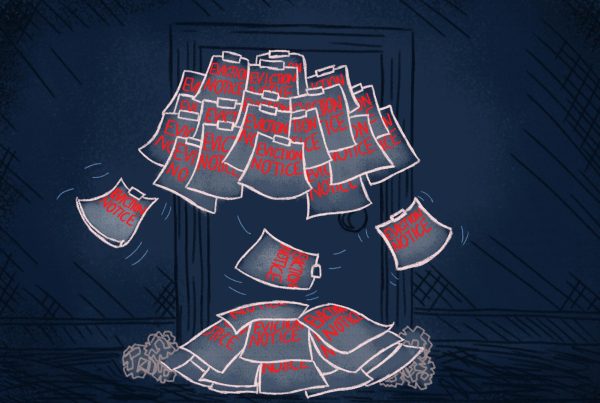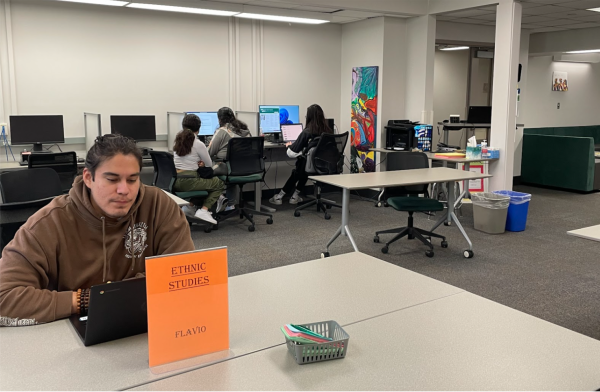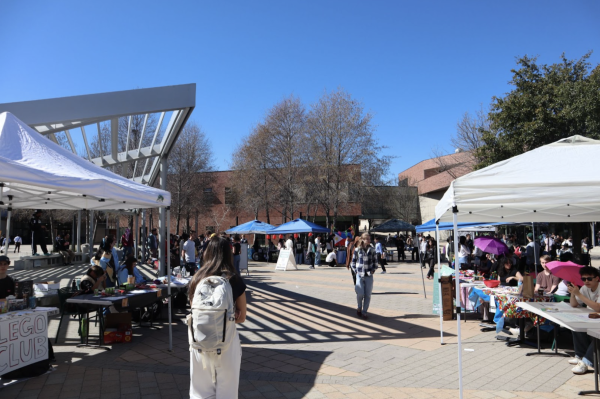‘Gruesome’ class, deathly interesting
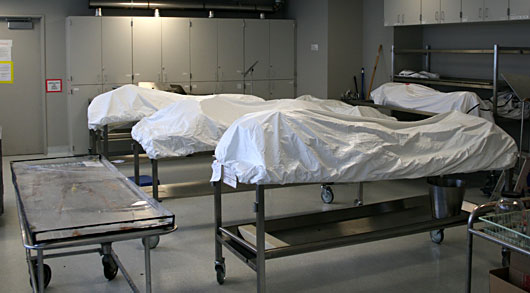
Five bodies lay beneath white sheets in the “cadaver room” awating dissection by DVC students enrolled in human Anatomy and Advanced Dissection courses. ()
August 30, 2008
A sweet, antiseptic smell fills the air. Students cluster over metal trays, laughing or speaking intently, while others refer back to text books with looks of confusion.
It could be any science lab class. Except the students aren’t gathered around groups of sedimentary and metamorphic rocks or the remains of an unlucky frog.
Tucked in the metal trays are bisected human hearts.
The class: Human Anatomy.
The assignment: Identify and pin 15 parts of the heart.
The purpose of the class, as stated in Professor Martha Dixon’s syllabus, is to understand the structure of the human body and how all of the organs are interconnected.
In addition to models and charts, the students learn by hands-on work with human cadavers, all of which are kept in a chilled room adjacent to the classroom, aptly named the “cadaver room”.
Inside sit four gurneys, each draped with a white sheet, and each covering, based on its telltale shape, could only be a human body.
“Some people never get over it, but some are excited,” Dixon says.
To help the students adjust to their grisly studies Dixon plays music while they are in the lab.
“Funk works well,” she says. “It seems to work the best.”
But not all students require the soothing sounds of funk classics to get over their nerves.
With gusto, Nova Robb describes her use of a bone saw in class: “It was a hard core power tool; we spent the day sawing into a man’s spine.”
Despite the gruesome curriculum, the students express gratitude and even a fondness for their cadaver.
“You form an attachment” Rob says. “We would talk to it.”
Working on a cadaver would be a true test of both nerve and stomach integrity for most people.
But many of the students in Dixon’s class, the most difficult part isn’t dissection – it’s the enormous work load.
Each week, students must attend three hours of lecture in addition to six hours of lab work.
“You can’t give up, you can’t be discouraged,” says Tim Detmers. “The rigors of this class help prepare [us] for what we will have to deal with in the future.”
Having access to cadavers at the community college level is uncommon, especially in a setting where the students have the opportunity to work with them directly.
Other schools, Dixon says, use fetal pigs or cats.
This is because of the expense.
While the cadavers are donated to DVC through the UCSF willed body program, the school pays for the very costly storage of the bodies.
Some schools are moving away from the use of cadavers in class, electing instead to use a digital cadaver.
“It makes me nervous when I hear med students are doing that,” Dixon says.
Her students agree.
“Its one thing to look at a picture,” says Mike Boals. “It’s another thing to pull on someone’s bicep and watch the arm come up.”
Despite his gratitude for the opportunity to work with a cadaver, Boals is in no rush to make a similar donation.
“I want to be cremated,” he said. “The idea of being laid open on the table…
“I’m thankful to have the cadavers, but I know I wouldn’t want it to be me.”
Dixon, on the other hand, intends to be more posthumously generous. She plans to donate her body to science.






































































